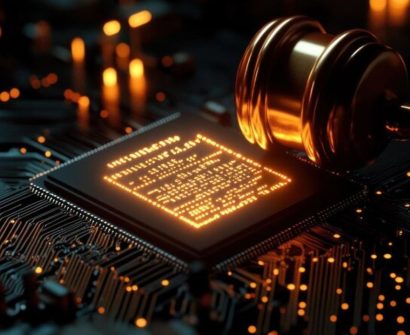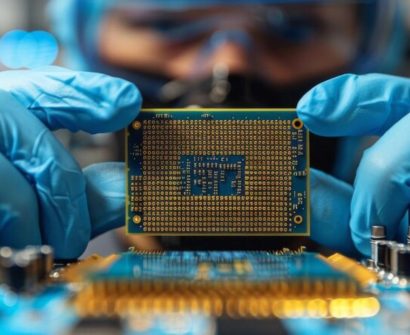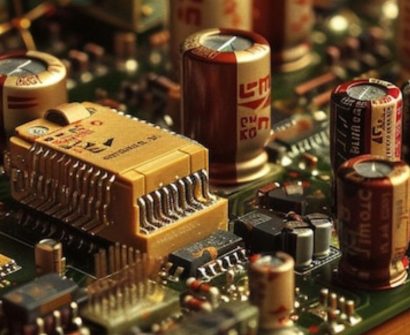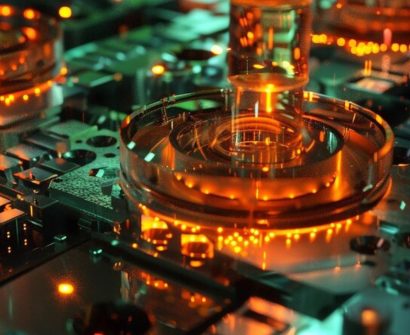Understanding Antenna Effect in VLSI: Unraveling the Impact on Circuit Performance

Introduction:
In the dynamic world of Very Large Scale Integration (VLSI), where every nanometer matters, engineers grapple with various challenges to optimize chip performance. One such challenge is the “Antenna Effect,” a phenomenon that can significantly impact the reliability and functionality of VLSI circuits. In this technical blog post, we delve into the intricacies of the Antenna Effect, exploring its causes, consequences, and mitigation strategies.
What is the Antenna Effect?
The Antenna Effect in VLSI refers to the undesirable charge accumulation on metal lines during the process of plasma etching or exposure to ionizing radiation. As a result, unintended charge is injected into the gate oxide, potentially causing damage to the gate oxide and altering the electrical characteristics of the device.
Causes of Antenna Effect:
- Plasma Etching:
- During the manufacturing process, plasma etching can generate charged particles that accumulate on metal lines, especially those with a high aspect ratio.
- Ionizing Radiation:
- Exposure to ionizing radiation, either during operation or in a harsh environment, can lead to the creation of electron-hole pairs, causing charge accumulation.
Consequences of Antenna Effect:
- Gate Oxide Breakdown:
- Accumulated charge may result in high electric fields across the gate oxide, leading to breakdown and potential device failure.
- Threshold Voltage Shift:
- Changes in the charge distribution alter the effective threshold voltage of transistors, affecting their performance and reliability.
- Circuit Delay Variations:
- The altered electrical characteristics can introduce variations in circuit delays, impacting overall performance.
Mitigation Strategies:
- Dummy Metal Fill:
- Introducing dummy metal fill within the design helps to balance the charge distribution, minimizing the impact of the Antenna Effect.
- Shielding Layers:
- Implementing additional shielding layers between metal lines can reduce the accumulation of charge during plasma etching.
- Optimized Design Layout:
- Careful consideration of the layout design, especially in high aspect ratio areas, can mitigate the impact of charge accumulation.
- Material Selection:
- Choosing materials with lower susceptibility to charge accumulation can be an effective strategy to reduce the Antenna Effect.
Case Study: Real-World Impact
To illustrate the real-world impact of the Antenna Effect, let’s consider a scenario where an integrated circuit operates in a space environment with high levels of ionizing radiation. Without adequate mitigation strategies, the Antenna Effect could lead to gate oxide breakdown, affecting the reliability of critical components in the system.
Conclusion:
As we continue to push the boundaries of VLSI technology, understanding and mitigating the Antenna Effect is crucial for ensuring the reliability and performance of integrated circuits. Engineers and designers must employ a combination of layout optimization, material selection, and strategic design choices to minimize the impact of this phenomenon. By doing so, we can advance the field of VLSI and unlock new possibilities for cutting-edge electronic devices.
To know more about VLSI Course , SuccessBridge VLSI training institute. You can begin your VLSI career by enrolling in the placement-assisted live courses available at SuccessBridge We offer various VLSI online courses. We offer VLSI Physical Design course, Design Verification course, DFT Training,Chip design course many more. Explore VLSI Courses From The Leaders In VLSI Training
Also Read: A Walkthrough VLSI Physical Design Engineer Salary In India.






